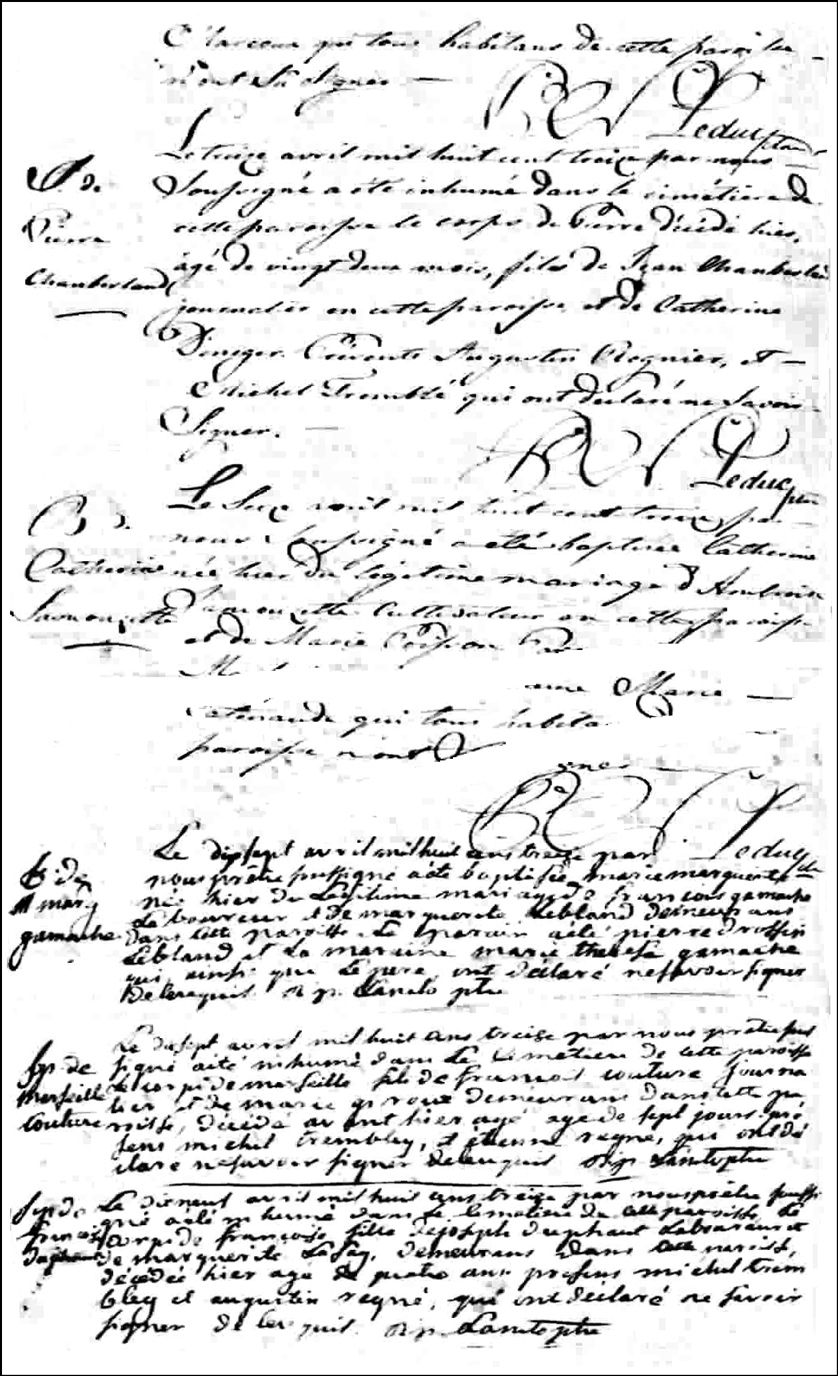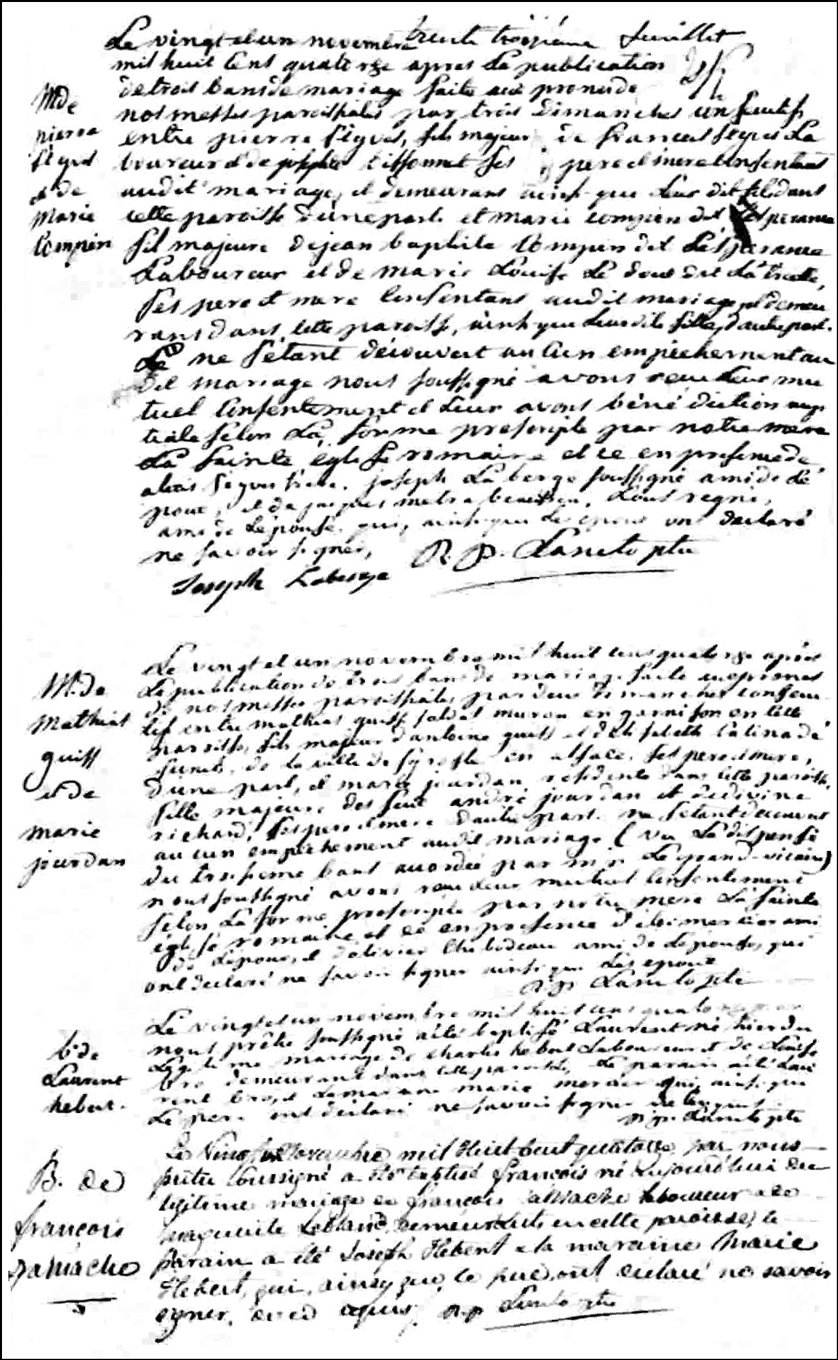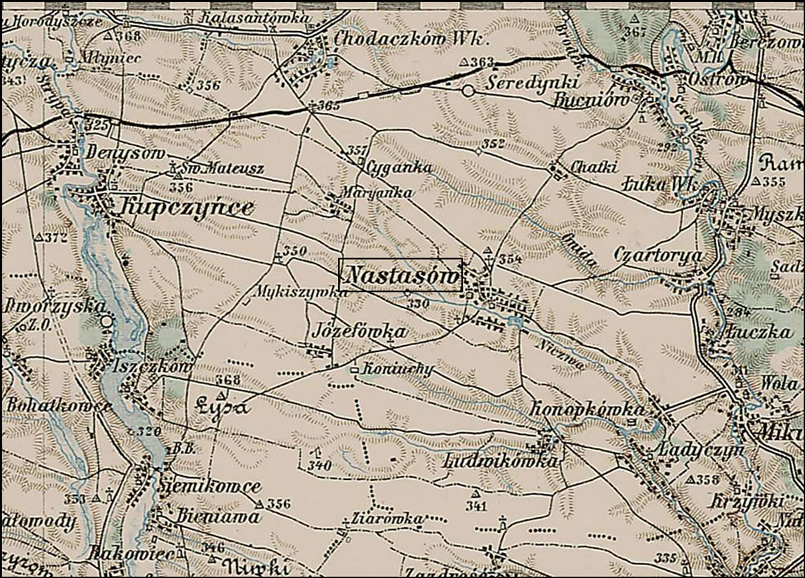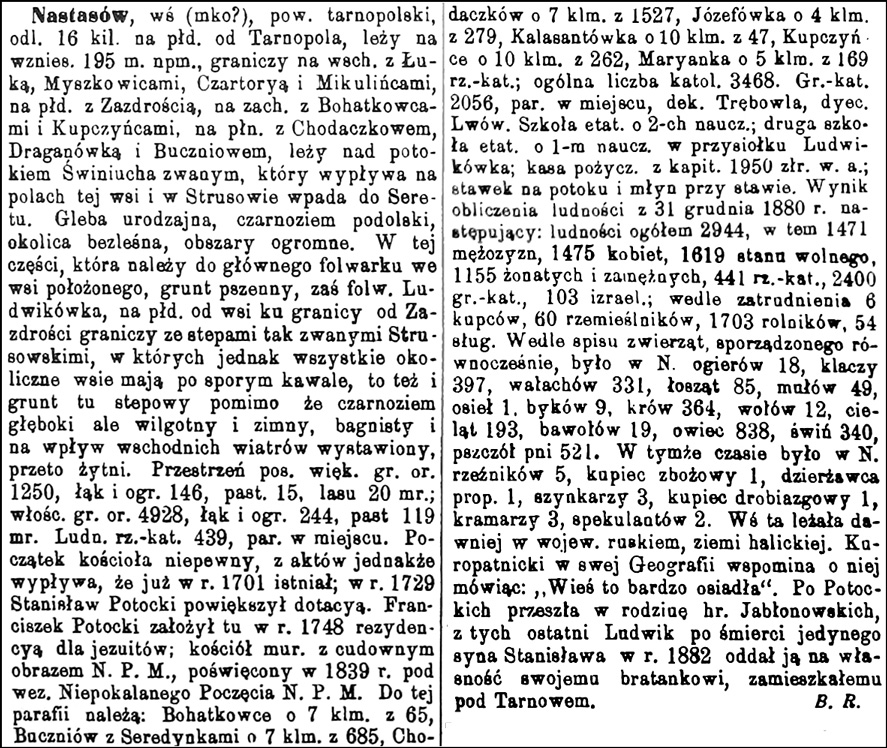Facts can’t be copyrighted.
I was surprised when a friend of mine who practices copyright law first passed this information on to me. Reflecting on this statement, it makes sense. How could anyone claim copyright to the name of the ship on which their immigrant ancestor sailed, or the date of death of their great great grandfather, or the amount that an ancestor paid in monthly rent?
Recent legal opinion has even decided that certain compilations of facts, such as telephone directories, are not subject to copyright.
But what about compiled genealogies? What can I include in a published genealogy without infringing on someone else’s rights? And what rights do I have to the compilations I produce?
Genealogists generally like to share their discoveries by compiling a family tree and providing it to family members or other people who are researching the same line. Many genealogists share their discoveries online, posting GEDCOM files to sites such as RootsWeb, Ancestry.com, or to one of the new Web 2.0 applications for collaborative efforts in Family History Research.
On more than a few occasions, I’ve read tales of how someone shared their pedigree with someone else, only to find their own work published on the Internet without permission, often without any citation of the source of the pedigree. Those whose hard work has been published without their consent have sometimes been furious about having their work published.
So, what recourse does someone have when they find their work published without their consent and without attribution? Do those who produce compiled genealogies own copyright to their compilations of names, dates, and locations?
The facts themselves are not copyrightable. That much is clear. Certain compilations such as phone books are not copyrightable. But what about compiled genealogies?
Since compiled genealogies involve discovering relationships, finding facts in unusual locations, and carefully assembling the information to reflect the structure and organizations of ancestral families, complied genealogies are probably considered creative works and, therefore, are probably protected by copyright. The owner of the copyright to a compiled genealogy would probably have available whatever recourse is available under the applicable copyright laws.
So, can I incorporate several generations of genealogical information compiled by someone else into my own family history and publish the work without permission of the original compiler? Frequently, compiled genealogies are published without information about the person who conducted the research or compiled the work. But, anonymous works are still protected under the copyright laws.
I don’t know the answers to these questions. I’m not a copyright attorney and my opinions are mine alone. As others including footnoteMaven have recently pointed out, even the opinion of someone licensed to practice law is only an opinion. Decisions on copyright issues are generally made by the courts.
To protect the integrity of my work, I can:
- Incorporate information from other compiled genealogies into my own only after obtaining copies of source material used to support that information.
- Where appropriate, cite the original compiled genealogy as a source. This source will be a derivative source, but a source, nonetheless.
- Where possible, obtain permission from the original compiler before incorporating the work into my own published genealogy.
What about sources? Many of the sources genealogists use in their work are publicly available sources such as vital records, census records, and immigration records. Some sources, though, are oral histories, letters, diaries, phone conversations, and e-mail communications. Each of these sources is protected by copyright in and of themselves. Generally, citing sources without reproducing the original work is considered acceptable.
Still, great aunt Marge may not want her private letters to me cited as a source in a published genealogy.
And what about information on living individuals? Genealogists agree that it is never acceptable to publish information on living individuals in a publicly available medium. How about publishing information on living individuals in a family history available only to those named in the work? What about publishing potentially sensitive information such as illegitimate births, same sex relationships, and causes of death?
To avoid disenfranchisement of my relatives and the sources of personal communications, I can:
- Request permission to include personal communications as sources in compiled genealogies.
- Never publish information about living individuals in a publicly published genealogy.
- Request permission to include information about living individuals in family histories destined for distribution to family members.
- Request permission to include potentially sensitive information from those who might be impacted by publishing that information.
These suggestions will be difficult to reduce to practice. Even if I get permission from the person most closely affected by potentially sensitive information, some other member of the family may be aghast that the information is included.
While my decisions may not always be perfect, I’ll evaluate the information I intend to publish and decide what to include and what information for which to request permission on a case-by-case basis . And I’ll certainly have to consider whether something I publish has the potential to harm someone else.
Even this approach is not without an ethical dilemma. By choosing not to report certain information I may risk compromising the integrity and accuracy of my work.
What to do? Well, I’ll do the best that I can.
Copyright © 2007 by Stephen J. Danko








